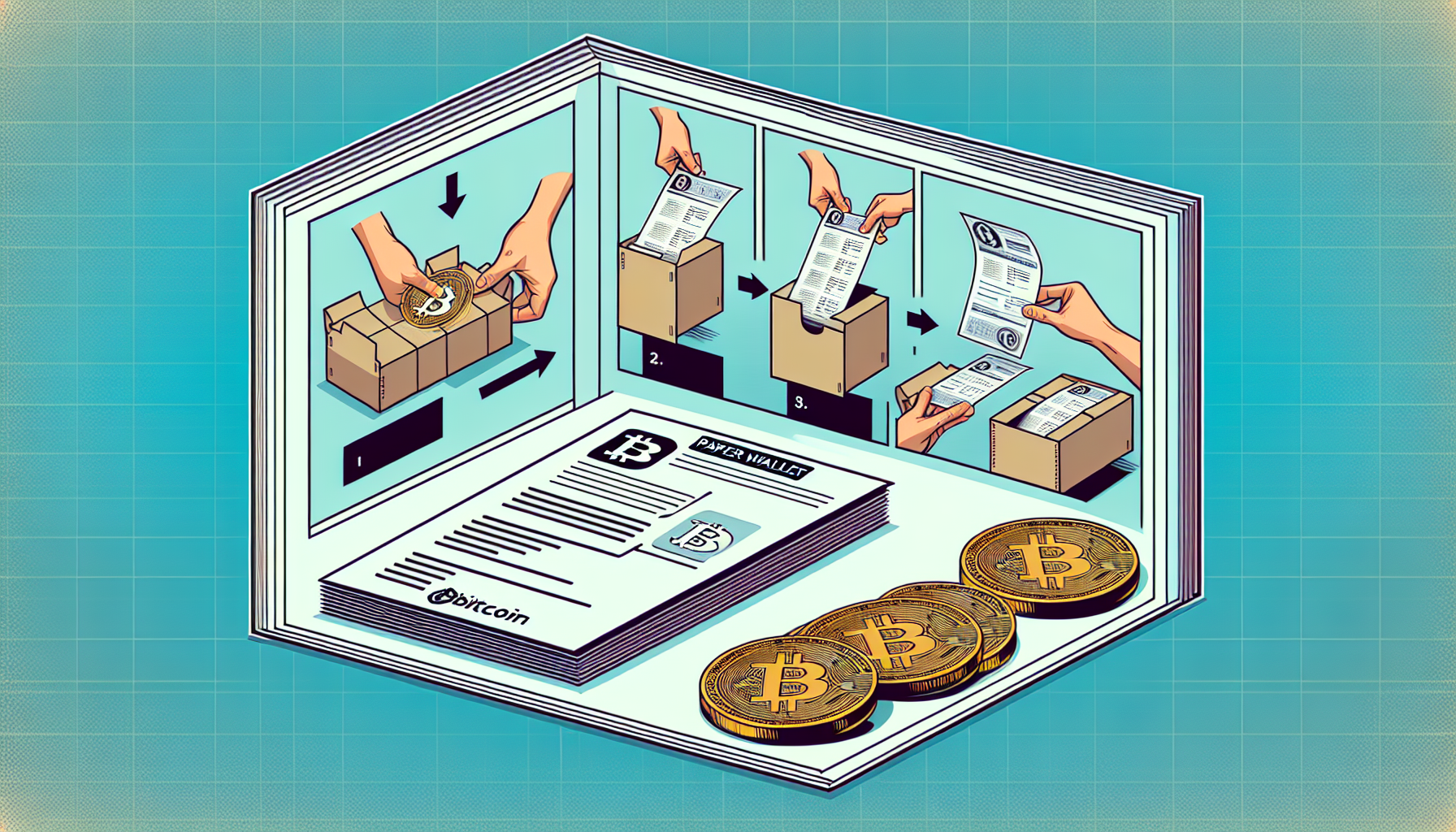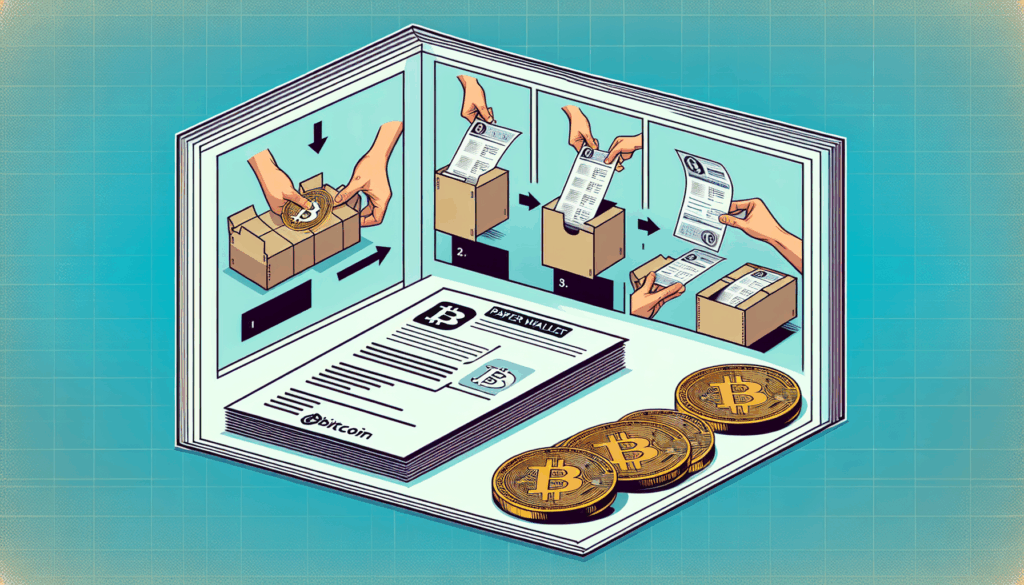How to Create a Bitcoin Paper Wallet: A Secure Storage Guide
Introduction
Did you know that over 30% of Bitcoin thefts occur due to insecure storage methods? With the rising popularity of cryptocurrency investments, learning how to create a Bitcoin paper wallet is one of the most effective ways to protect your digital assets. This guide will walk you through the process step-by-step, ensuring even beginners can securely store their Bitcoin offline.
What Is a Bitcoin Paper Wallet?
A paper wallet is a physical document containing your Bitcoin public and private keys, often in QR code format. Unlike hot wallets connected to the internet, paper wallets are a form of cold storage, making them immune to online hacking attempts. Think of it like burying gold in your backyard instead of keeping it in a bank vault.
Why Use a Paper Wallet?
- Security: No internet connection means no hacking risk
- Control: You physically hold your keys
- Backup: Doesn’t rely on hardware that can fail
Step-by-Step Guide to Creating Your Paper Wallet
1. Prepare a Secure Environment
Before generating your keys, ensure you’re using a malware-free computer disconnected from the internet. Consider booting from a Linux live USB for maximum security.

2. Generate Your Keys
Use trusted open-source tools like BitAddress.org or WalletGenerator.net. Download their GitHub repositories and run them offline for added security.
3. Print Your Wallet
Use a printer that hasn’t been connected to the internet recently. For extra protection, consider:
- Using a dedicated printer
- Printing multiple copies
- Storing in different secure locations
4. Fund Your Wallet
Scan the public key QR code to send Bitcoin to your new paper wallet. Start with a small test amount before transferring larger sums.
Best Practices for Paper Wallet Security
According to CipherTrace’s 2025 report, properly secured paper wallets have a 0% theft rate when following these guidelines:
- Laminate your paper wallet to protect against water damage
- Store in a fireproof safe or safety deposit box
- Never digitally photograph or scan your private key
- Consider BIP38 encryption for additional protection
When to Use (and Avoid) Paper Wallets
Paper wallets are ideal for:
- Long-term Bitcoin storage
- Gifts or inheritance planning
- Emergency backup funds
They’re less suitable for:
- Frequent transactions
- Large amounts you may need to access quickly
Conclusion
Creating a Bitcoin paper wallet remains one of the most secure methods for storing cryptocurrency long-term. While newer options like hardware wallets offer convenience, paper wallets provide unmatched security when properly implemented. For more guides on secure crypto storage, explore our related articles on CryptoSaviours.
Ready to secure your Bitcoin? Download our free checklist for creating the perfect paper wallet.
CryptoSaviours – Your trusted source for cryptocurrency security knowledge.
About the Author:
Dr. Elena Rodriguez
Published 18 papers on blockchain security
Lead auditor for the Ethereum 2.0 security assessment


